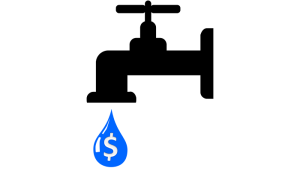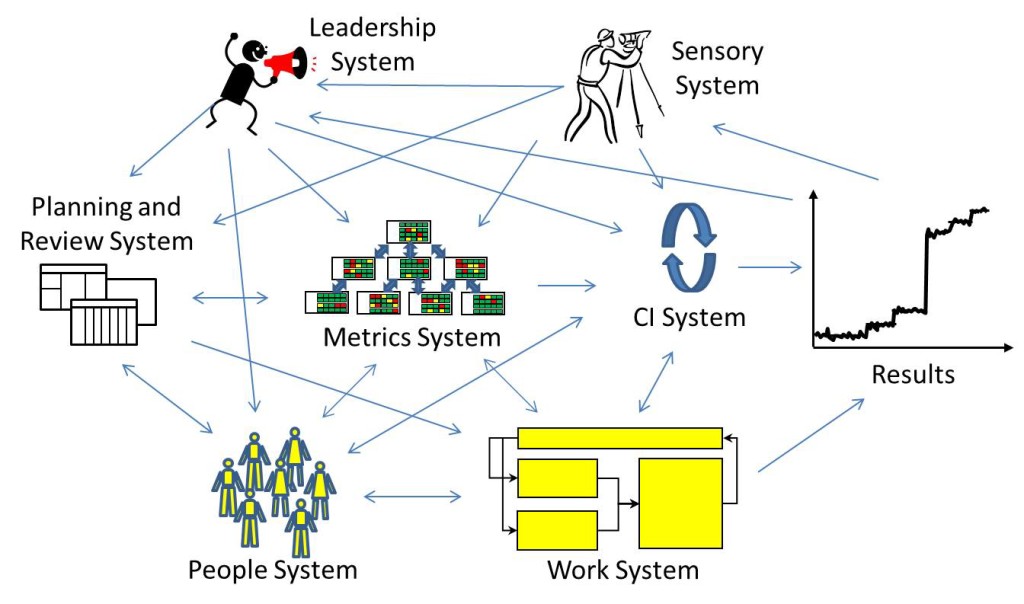 Investors have pulled back on early stage Software-as-a-Service (SaaS) investment in 2016, according to the Wall Street Journal. Mutual funds are big players in the IPO market, and downgrading their holdings of Silicon Valley darlings has chilled the VC market. Hunting unicorns is suddenly not what it used to be. In response, tech companies are retrenching, delaying expansion and slashing budgets.
Investors have pulled back on early stage Software-as-a-Service (SaaS) investment in 2016, according to the Wall Street Journal. Mutual funds are big players in the IPO market, and downgrading their holdings of Silicon Valley darlings has chilled the VC market. Hunting unicorns is suddenly not what it used to be. In response, tech companies are retrenching, delaying expansion and slashing budgets.
Early stage SaaS companies must now act like mature firms. They must focus on cash flow and profit instead of growth at all costs and overblown valuations. It’s time for leaders to create enduring, rather than spurious, business value. And Customer Success teams must raise their game, too.
Dynasty Rules
Author Jim Collins (Built to Last and Good to Great), says the very few “dynasty” companies (defined as those generating returns of at least 10x for 15 years or more) behave differently than the rest. They don’t win by swinging for the fences but by reliably getting on base. Modest, relentlessly focused executives lead instead of flashy, ADHD-prone CEOs. And they deploy management practices that transcend quarterly results to ingrain a culture of high performance.
 It’s well-trodden ground. Collins says industry heavyweights such as Intel, Microsoft, Amgen and Southwest Airlines sustained their results from 1980-2002 because they were fanatically disciplined, empirically creative, and productively paranoid.[1] Laser-focused and relentless in their approaches, companies like these rely on data and constant experimentation to discover and capitalize on new opportunities. They obsess over customer satisfaction while wringing out high quality and efficiency in every process. They look anxiously over their shoulders at competitors and hoard cash to weather the rainiest of market downturns.
It’s well-trodden ground. Collins says industry heavyweights such as Intel, Microsoft, Amgen and Southwest Airlines sustained their results from 1980-2002 because they were fanatically disciplined, empirically creative, and productively paranoid.[1] Laser-focused and relentless in their approaches, companies like these rely on data and constant experimentation to discover and capitalize on new opportunities. They obsess over customer satisfaction while wringing out high quality and efficiency in every process. They look anxiously over their shoulders at competitors and hoard cash to weather the rainiest of market downturns.
In high performing organizations, these behaviors aren’t confined to the executive suite. Focus and discipline permeate the enterprise, displayed in every department and at every level. Assisted by the use of simple, repeatable structures, leaders promote consistent practices without the creeping bureaucracy. For example, standardized, one-page hoshin kanri planning tables replace thick annual improvement planning binders at Danaher and other perennial market leaders. When people repeat simple and effective rules, beneficial habits form. And as Aristotle said, “We are what we repeatedly do. Excellence, then, is not an act, but a habit.”
Management as a System
A system is defined as “a regularly interacting or interdependent group of items forming a unified whole.”[2] Just like the connections between internal functions and workflows which turn the engine of commerce, management practices also influence and build upon each other. Seven management systems in particular matter:

- Sensory System. Methodically collects and interprets customer, market, competitive, regulatory, workforce, and technology trends to continually uncover new opportunities and threats.
- Planning and Review System. Inputs information, prioritizes actions, defines objectives, goals, strategies, tactics, and owners, and aligns financial and personnel resources to promote successful execution. Evaluates progress formally and periodically, holding people accountable, adjusting plans, and promoting learning.
- People System. Defines jobs, employee knowledge and skill requirements, and facilitates screening, hiring, training, performance feedback, career development and overall organizational change.
- Work System. Describes requirements and designs optimal workflows at a macro and micro level between customers, business partners, suppliers, company departments and work groups.
- Metrics System. Focuses managers and teams on the critical few cause-and-effect relationships that keep processes under control and promote beneficial end results.
- Continuous Improvement System. Manages projects emphasizing customer focus, teamwork, and scientific methods to uncover root causes of problems, driving ongoing improvement in products, services and internal processes.
- Leadership System. Provides strategic direction, prioritizes actions, engages and inspires employees to perform at high levels, learn, and enact changes.
Each of these practices tends to evolve and work independently, but when organizations thoughtfully interconnect them, dramatically better coordination and performance results. And when these systems depend on executing simple rules, repetition leads to sustainable organizational habits.
What it Means for Customer Success
Customer Success functions, like the rest of their SaaS organizations, should take advantage of the investment respite to focus on business fundamentals. In addition to managing costs, they should concentrate on building internal capabilities, and strengthening and interconnecting each of their seven management systems. Rather than proliferate needless paperwork, managers should deploy simple rules and forms to ensure they have just enough structure. Organizational habits will form, leading to performance excellence, relentlessly improving results, and the potential to dominate the market for years to come.
Are you positioned for success? Use this Checklist for Customer Success Excellence to evaluate team performance in your seven management systems.
Sources:
[1] Collins, J. and Hansen, M. T. (2011). Great by Choice: Uncertainty, Chaos and Luck—Why Some Thrive Despite Them All. HarperBusiness, ISBN: 0062120999
[2] Merriam-Webster online dictionary, accessed 5/2016.
